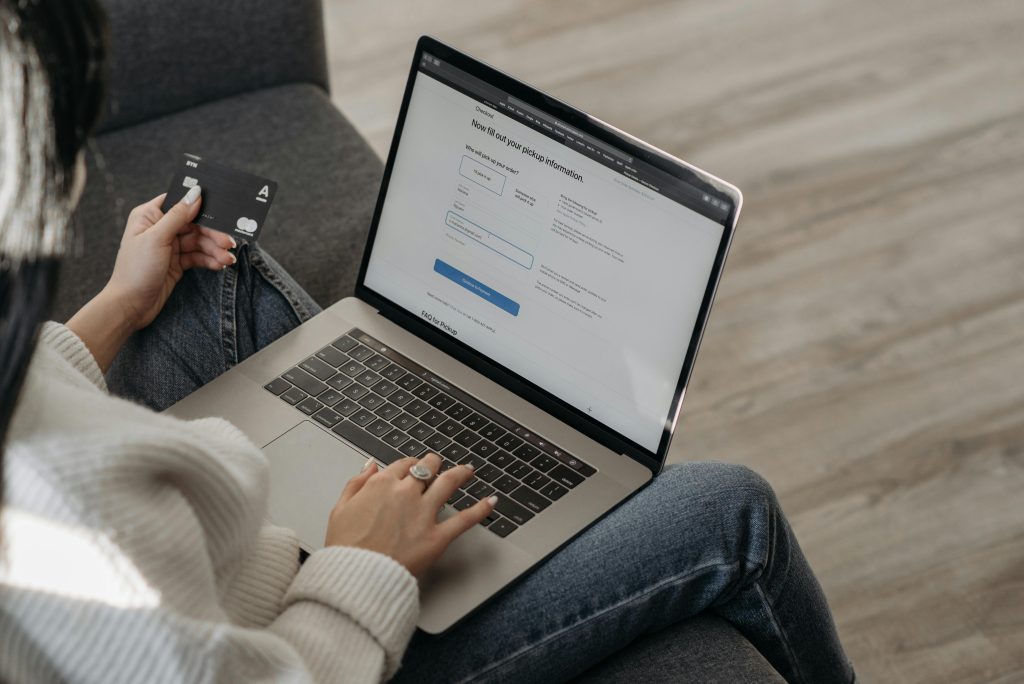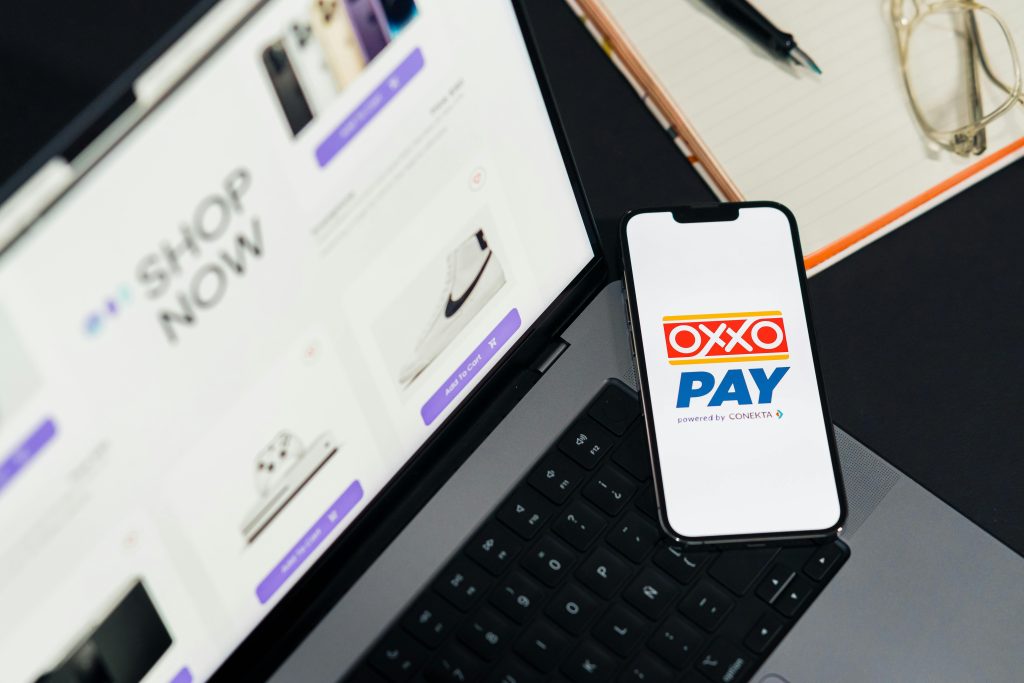Introduction
Late customer payments can cripple cash flow, strain client relationships, and divert your team’s focus into chasing outstanding invoices. Automated notifications—timely, personalized reminders sent via email, SMS, or in-product alerts—offer a simple yet powerful solution. By keeping invoices top-of-mind, clarifying payment steps, and giving customers gentle nudges before and after due dates, automated alerts drastically reduce late payments, improve days sales outstanding (DSO), and free finance teams to focus on strategic tasks instead of manual dunning. This post explores why automated notifications work, how to design an effective reminder cadence, integration strategies, and best practices for timing, tone, and escalation to maximize on-time collections.

1. The Problem of Late Payments
1.1 Financial and Operational Impact
- Cash Flow Crunch: Delayed receipts force companies to draw on lines of credit, incur interest, or delay vendor payments.
- Increased DSO: Higher days sales outstanding hides true revenue performance and complicates forecasting.
- Resource Drain: Manual chasing of unpaid invoices can consume up to 20% of an accounts receivable team’s time.
- Client Friction: Abrupt or aggressive follow-up damages customer goodwill and can lead to churn.
1.2 Why Traditional Methods Fall Short
- Single Reminder Emails: One-off emails often get buried in busy inboxes.
- Manual Follow-Up: Phone calls are time-consuming, inconsistent, and yield low pickup rates.
- Generic Dunning Letters: Stale, impersonal notices undermine relationships and fail to convey urgency at the right moment.
2. How Automated Notifications Drive Timely Payments
Automated notifications reduce late payments through three core mechanisms:
2.1 Proactive Reminders
- Pre-Due-Date Alerts: Remind customers of upcoming due dates (e.g., 7 days and 2 days before). This helps budget and schedule payments in advance rather than scrambling on the due date itself.
- Behavioral Science Principles: Multiple prompts leverage the “mere-exposure effect”—repeated exposure to an idea increases familiarity and action likelihood.
2.2 Real-Time Visibility
- Status Updates: Instant notifications when an invoice is issued, viewed, or partially paid keep customers informed and accountable.
- In-App Alerts: For SaaS platforms, showing “Invoice #123 is due in 5 days” within the application ensures visibility at the point of value realization.
2.3 Escalation Triggers
- Tiered Dunning Workflow: Automated sequences escalate tone from friendly nudge (day after due) to firmer reminders (7 days late) and final warnings (30 days late).
- Conditional Logic: Customize escalations based on customer segment, invoice value, or past payment behavior, ensuring high-value clients receive VIP treatment while minimizing friction for low-risk customers.

3. Designing an Effective Notification Cadence
A structured reminder schedule balances courtesy with urgency. Here’s a sample timeline:
| Timing | Notification Type | Tone & Content |
|---|---|---|
| Day 0 (Invoice) | Email + In-App Alert | “Your invoice #123 for $2,500 is now available.” |
| 7 Days Before | Email reminder | “Reminder: Invoice #123 is due in 7 days.” |
| 2 Days Before | SMS + Email | “Your payment of $2,500 is due in 2 days—thank you!” |
| On Due Date | Email + In-App Badge | “Invoice #123 is due today. Please submit payment.” |
| 1 Day Late | Email (friendly) | “We haven’t received payment for #123—let us know if you need assistance.” |
| 7 Days Late | Email + SMS (firm) | “Invoice #123 is 7 days overdue. Please remit immediately to avoid fees.” |
| 30 Days Late | Final Notice + Call | “Final notice: Invoice #123 is 30 days overdue. Contact us to discuss.” |
3.1 Personalization and Segmentation
- Client Profiles: Tailor subject lines and messaging to industry, size, or past responsiveness.
- Dynamic Fields: Include invoice details (due date, amount, items) and payment links to reduce friction.
3.2 Multi-Channel Approach
- Email: Primary channel for detailed information and clickable payment links.
- SMS/WhatsApp: Higher open rates—ideal for short “due in 2 days” or “1 day late” nudges.
- In-App Notifications: For digital products, meet users in the environment where they engage with your service.
4. Integrating Notifications into Your Workflow
4.1 Leverage Accounting or Billing Platforms
Modern systems like QuickBooks, Xero, and Stripe automatically support scheduled reminders. Configure within your existing billing tool to avoid duplicate data entry.

4.2 Use Zapier or Similar Automations
For custom workflows, integrate your invoicing app with email/SMS providers via Zapier:
- Trigger: New invoice created or status updated.
- Action: Send templated email or SMS via SendGrid, Twilio, or Mailchimp.
4.3 Embed Payment Links
Always include one-click payment options—credit card, ACH, or digital wallets—within notifications. Reducing clicks from “reminder” to “payment” can boost on-time rates by 30%.
4.4 Monitor and Adjust in Real Time
- Dashboard Metrics: Track open rates, click-throughs on payment links, and payment completion per notification stage.
- A/B Testing: Experiment with subject lines (“Your invoice is due” vs. “Your account needs attention”) and timing to optimize response rates.
5. Best Practices for Tone, Compliance, and Unsubscribe Options
5.1 Maintain a Customer-Centric Tone
- Friendly and Helpful: Early reminders should assume positive intent (“Let us know if you need help”).
- Respectful Firmness: Late-stage notices can be more direct but avoid aggressive or threatening language.
5.2 Compliance and Opt-Outs
- CAN-SPAM / GDPR: Include clear identification, purpose, and unsubscribe options in each email.
- SMS Regulations: Obtain explicit consent before sending SMS reminders, and offer a way to opt out (e.g., “Reply STOP to unsubscribe”).
5.3 Avoid Over-Notification
- Frequency Caps: Limit non-essential messages to prevent annoyance.
- Customization: Allow customers to set reminder preferences in their account settings, such as “Send me reminders only 3 days before due.”

6. Measuring Success and Continuous Improvement
6.1 Key Metrics to Track
- On-Time Payment Rate: Percentage of invoices paid by due date before vs. after implementing automation.
- Average DSO: Reduction in days sales outstanding over time.
- Notification Engagement: Open, click-through, and conversion rates per channel and reminder stage.
- Staff Time Saved: Hours reclaimed from manual dunning tasks.
6.2 Iterative Optimization
- Notification Timing: Shift reminders earlier or later based on engagement data (e.g., if 7-day reminders have low clicks, test 10-day reminders).
- Content A/B Tests: Compare different call-to-action phrasing (“Pay Now” vs. “Settle Invoice”) to see which drives better click-to-pay rates.
- Channel Mix: If SMS yields higher conversions but at a cost, find the right balance between email-only and SMS-enhanced cadences.
Conclusion
Automated notifications are a cost-effective, scalable strategy to cut late payments, streamline accounts receivable, and maintain healthy cash flow. By deploying a multi-channel reminder cadence—combining email, SMS, and in-app alerts—tailoring messages with dynamic content and payment links, and continuously monitoring engagement metrics, you build a system that nudges customers toward punctual payments without damaging relationships. Whether you integrate within your existing billing platform or orchestrate custom Zapier workflows, the result is a leaner, more predictive AR process that redirects your finance team’s time from chasing invoices to strategic growth initiatives. Start today: map your current dunning cadence, configure automated reminders at key intervals, and watch your on-time payment rate climb.

